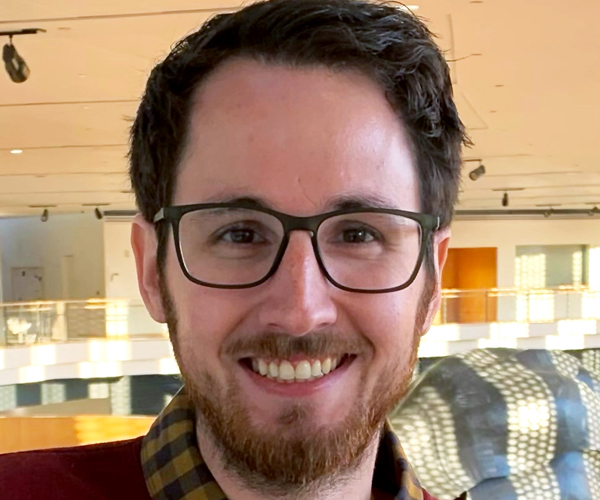

In an October paper published in Cancer Research, Ludwig Princeton’s Connor Jankowski and Director Joshua Rabinowitz reported their examination of a pair of hypothesized mechanisms for vitamin C’s (a.k.a. ascorbate) ability to kill cancer cells when supplied at high doses. These are the generation of toxic levels of hydrogen peroxide by ascorbate, and the depletion of an essential factor known as glutathione by an oxidized derivative of the vitamin. Josh and Connor showed that the former mechanism is responsible for the cytotoxicity observed in cell cultures. That lethality, they showed, can be suppressed by a species of antioxidant enzymes that have a selenium atom at their core, including one named GPX1. This selenoprotein-mediated protection is fueled by a hydrogen-donating molecule named NADPH that is generated by a core sequence of metabolic reactions known as the pentose phosphate pathway. Depriving mice implanted with glioblastoma tumors of dietary sources of selenium made their tumors exceptionally susceptible to high dose vitamin C therapy and extended the survival of the mice. These findings establish selenoproteins as key mediators of redox balance in cancer cells, suggest a dietary approach to enhancing the efficacy of therapies—including high-dose vitamin C—that generate oxidative free radicals to kill cancer cells and support the targeting of selenoproteins as a strategy to enhance such therapies.
Selenium Modulates Cancer Cell Response to Pharmacologic Ascorbate
Cancer Research, 2022 October 1